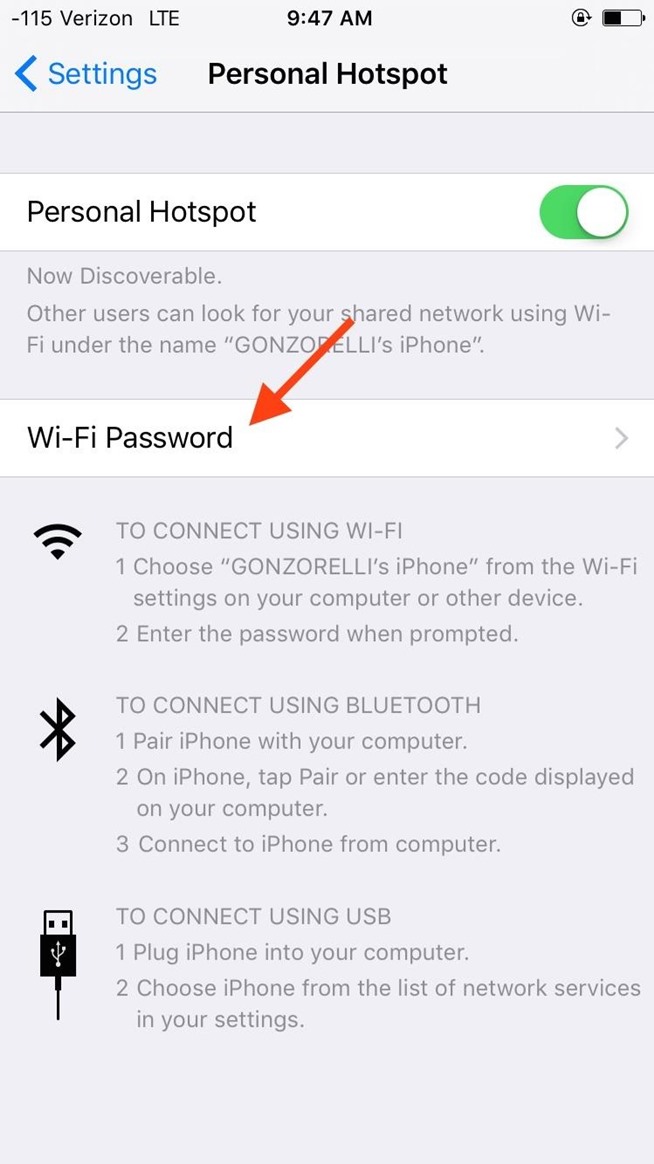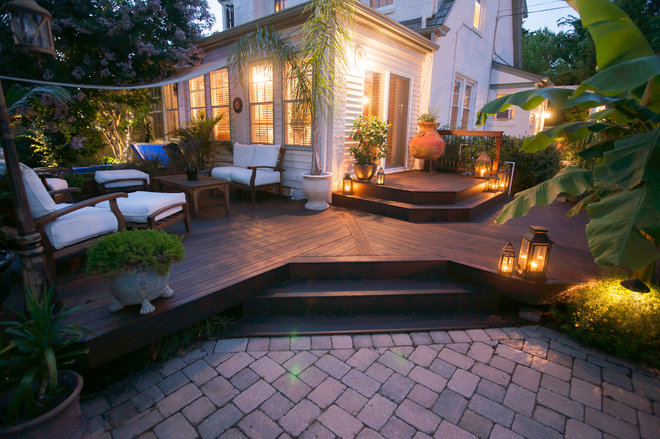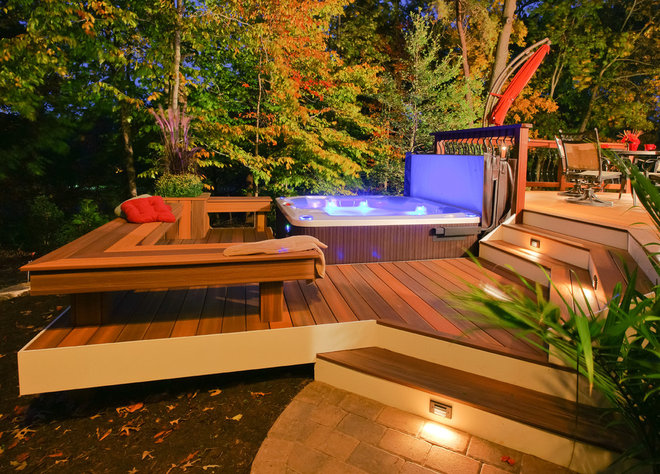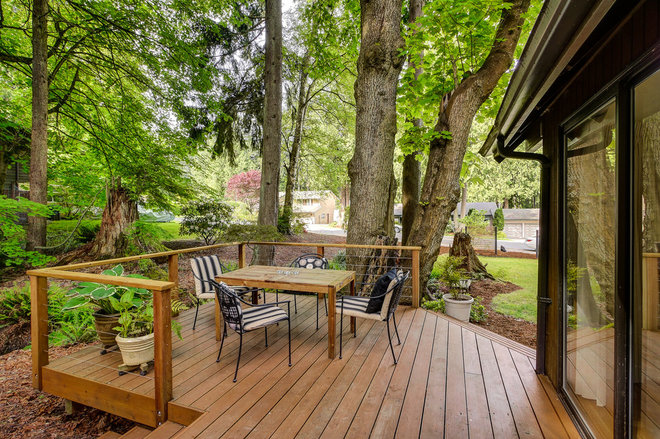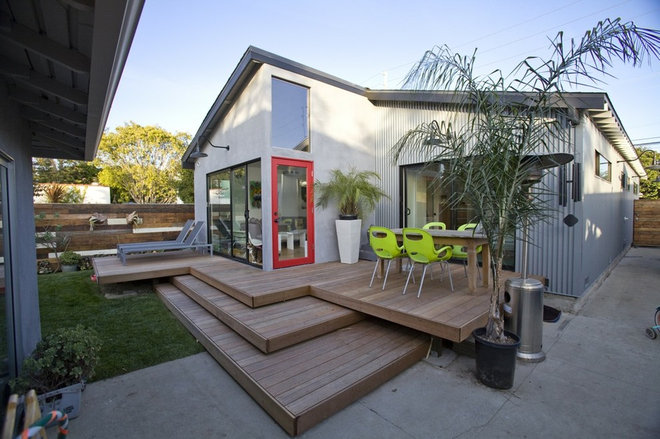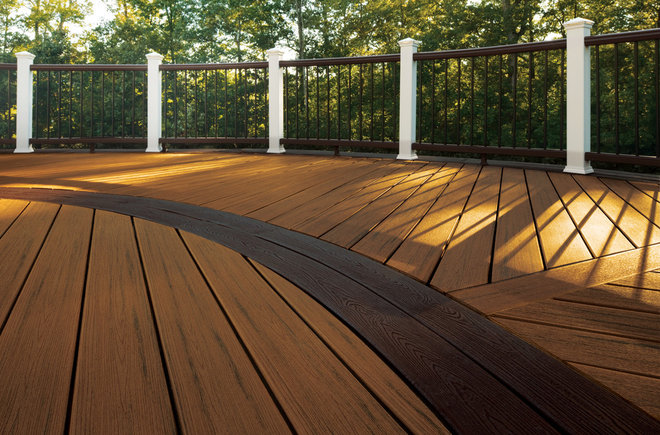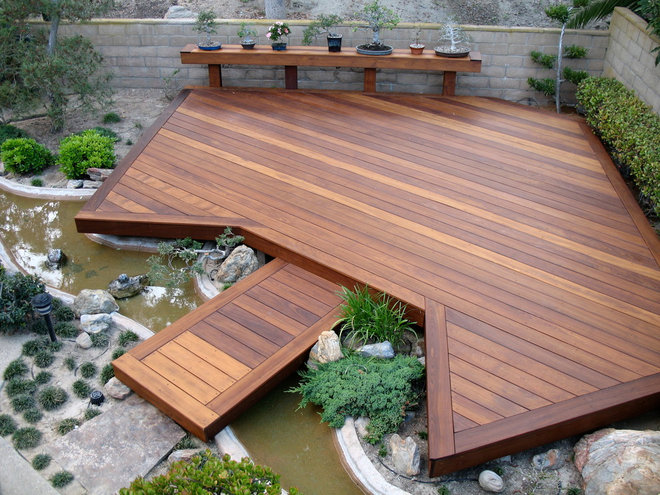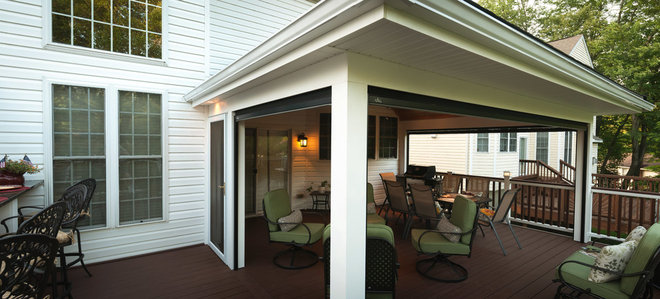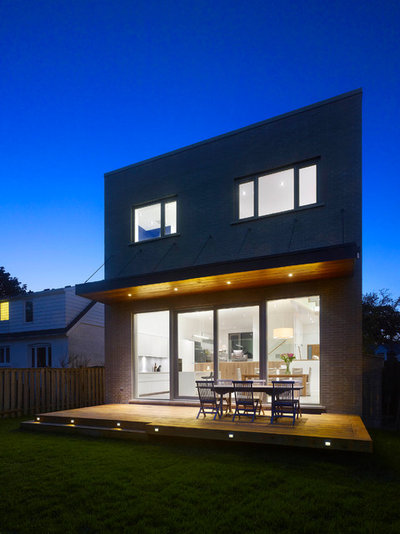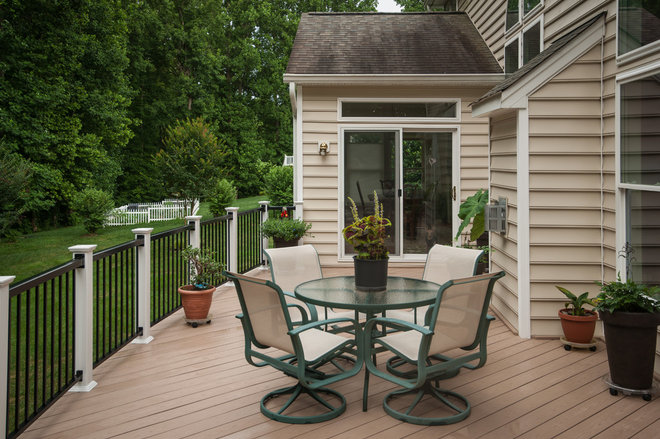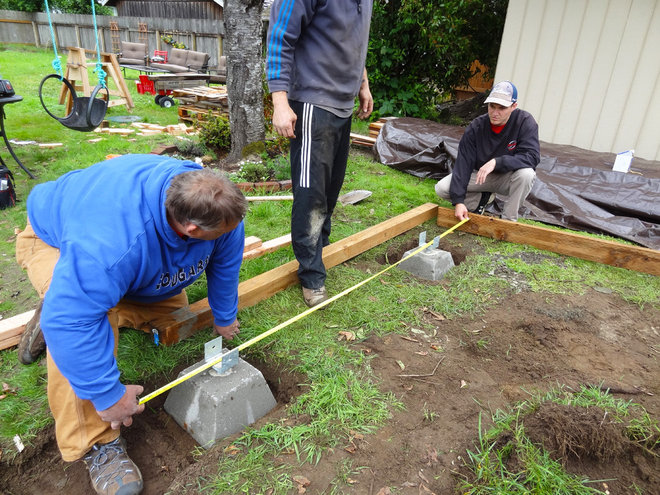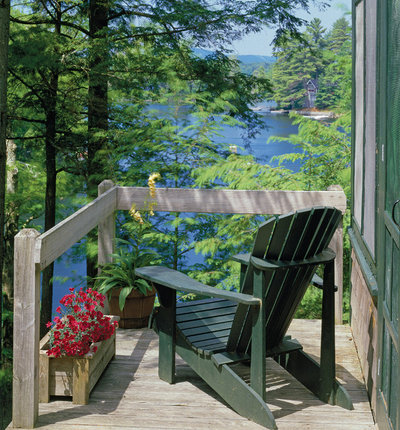Summertime in the South is a great time to take a break from gardening chores and enjoy the bounty of your labor — perhaps by gazing out the picture window from the comfort of your air-conditioned home. You might still have to do a bit of weeding, but here are a few plants you won’t have to venture outside to water.
Candytuft
Candytuft (Iberis sempervirens) fits into the category of “looks delicate but is actually tough as nails.” This evergreen subshrub grows about a foot tall, making it a wonderful edge plant. Its tiny leaves and profusion of small, white flower clusters that appear in late spring and continue sporadically through summer will soften retaining walls and pathways.
For a splash of color, look for a newer selection called Absolutely Amethyst.
Yarrow
Yarrow (Achillea spp.) has hundreds of cultivars available besides the familiar form with lacy foliage and golden flat-top blooms, each one with a different habit, hardiness, and color. All hold up to heat and drought, as well as deer and bunnies. Plus, butterflies love the flowers!
For summer, consider the cool-pink blooms of ‘Cerise Queen’ or ‘Pink Grapefruit’.
Plumbago
Plumbago auriculata (also called leadwort) makes you feel cooler just by looking at it. This low, shrubby plant with small sky-blue flowers is grown as an evergreen in Zones 9-10, but works well as an annual in colder Zones.
There’s also a pure-white flowering version that looks beautiful planted with anything.
Originally posted at: Lafayette Real Estate News



 There are two things every woman loves:
There are two things every woman loves: 


 When you’re in a bind and need an internet connection for your laptop, look no further than your iPhone. Using the Personal Hotspot feature in iOS, you can share your iPhone’s internet connection with other devices by way of Wi-Fi, Bluetooth, or even USB.
When you’re in a bind and need an internet connection for your laptop, look no further than your iPhone. Using the Personal Hotspot feature in iOS, you can share your iPhone’s internet connection with other devices by way of Wi-Fi, Bluetooth, or even USB.
